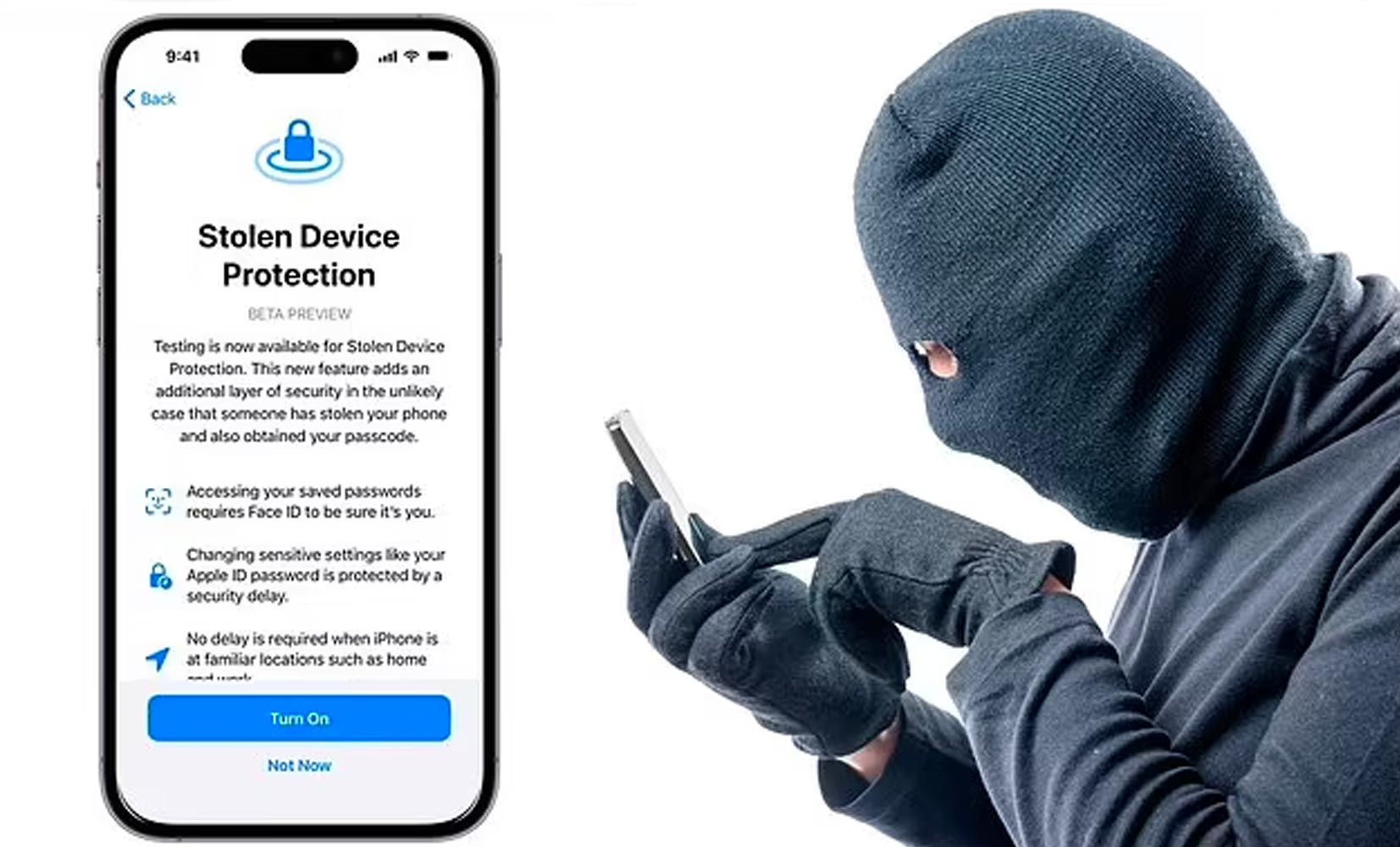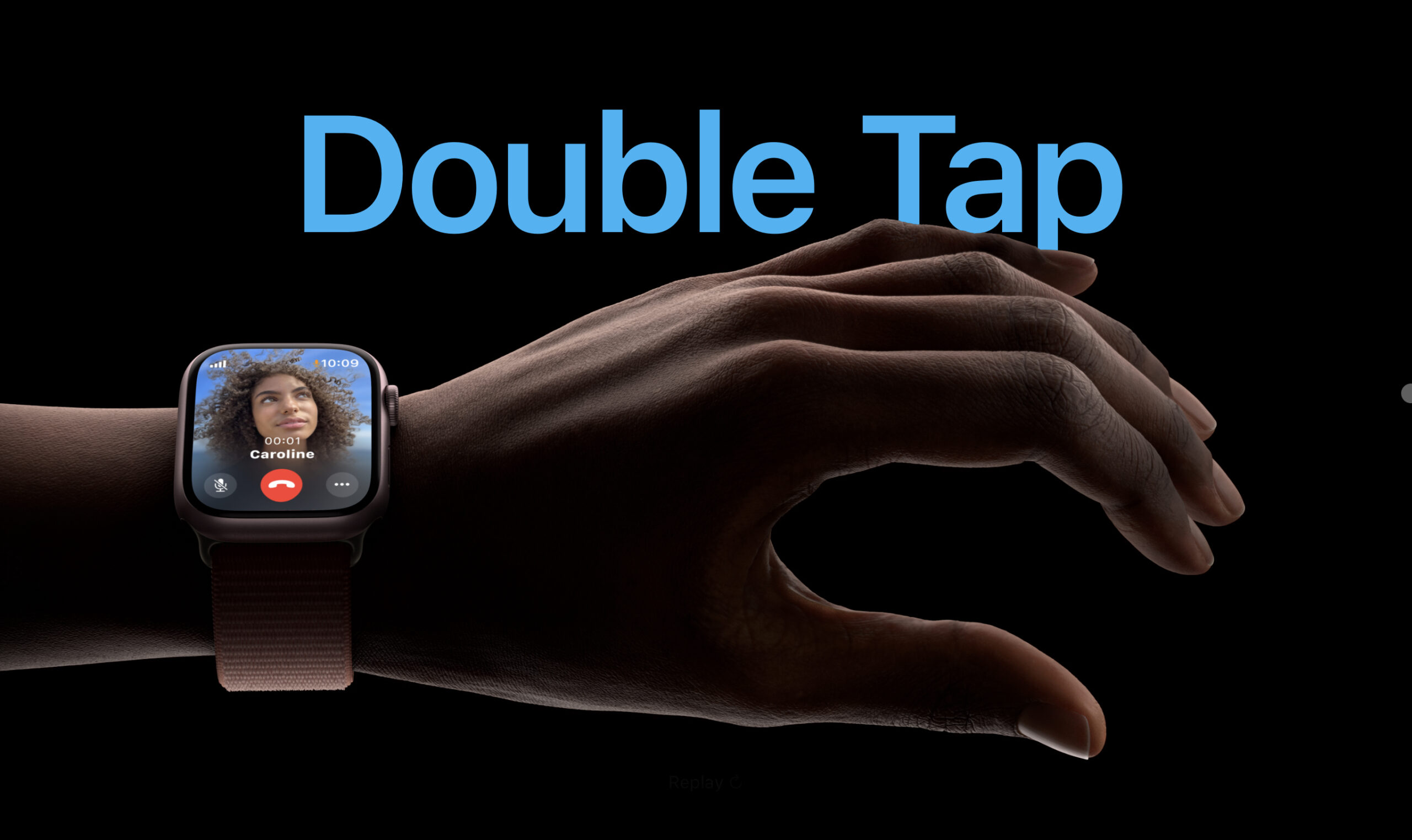Are you sure that email from UPS is actually from UPS? (Or Costco, BestBuy, or the myriad of unsolicited emails you receive every day?) Companies and individuals are often targeted by cybercriminals via emails designed to look like they came from a legitimate bank, government agency, or organization. In these emails, the sender asks recipients to click on a link that takes them to a page where they will confirm personal data, account information, etc.
What is phishing?
This technique is called phishing, and it’s a way hackers con you into providing your personal information or account data. Once your info is obtained, hackers create new user credentials or install malware (such as backdoors) into your system to steal sensitive data.
Phishing emails today rarely begin with, “Salutations from the son of the deposed Prince of Nigeria…” and it’s becoming increasingly difficult to distinguish a fake email from a verified one. But, most have subtle hints of their scammy nature. Here are seven email phishing examples to help you recognize a malicious email and maintain email security.
1. Legit companies don’t request your sensitive information via email
Chances are if you receive an unsolicited email from an institution that provides a link or attachment and asks you to provide sensitive information, it’s a scam. Most companies will not send you an email asking for passwords, credit card information, credit scores, or tax numbers, nor will they send you a link from which you need to login.
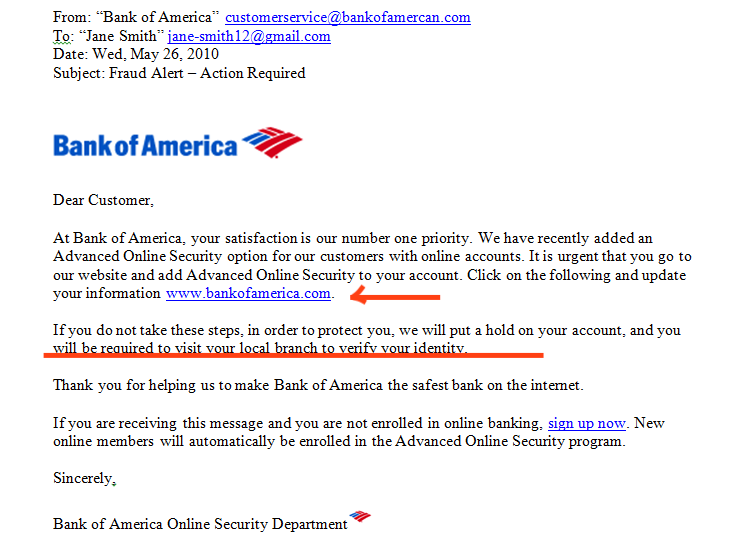
2. Legit companies have domain emails
Don’t just check the name of the person sending you the email. Check their email address by hovering your mouse over the ‘from’ address. Make sure no alterations (like additional numbers or letters) have been made. Check out the difference between these two email addresses as an example of altered emails: michelle@paypal.com michelle@paypal23.com Just remember, this isn’t a foolproof method. Sometimes companies make use of unique or varied domains to send emails, and some smaller companies use third party email providers.
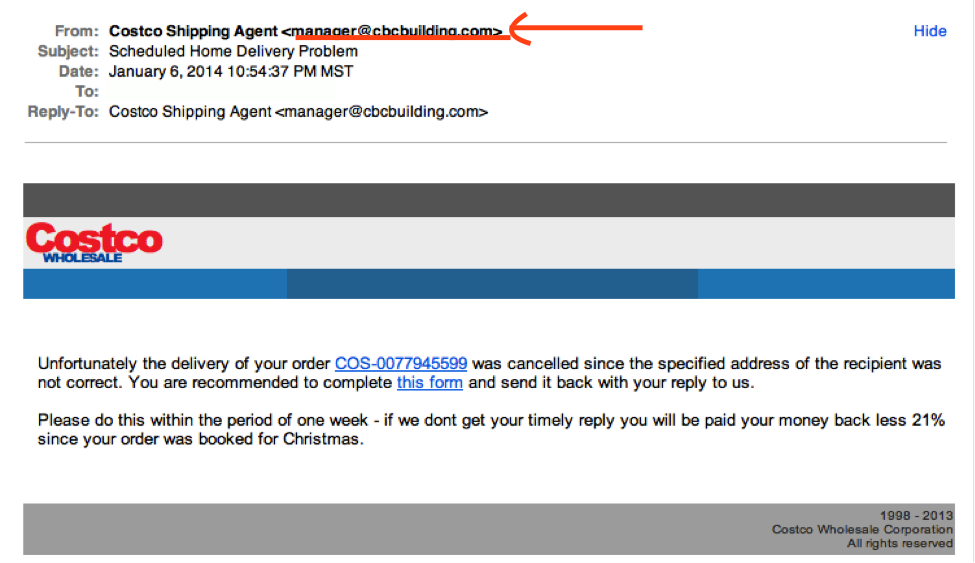
3. Legit companies don’t force you to their website
Sometimes phishing emails are coded entirely as a hyperlink. Therefore, clicking accidentally or deliberately anywhere in the email will open a fake web page, or download spam onto your computer.
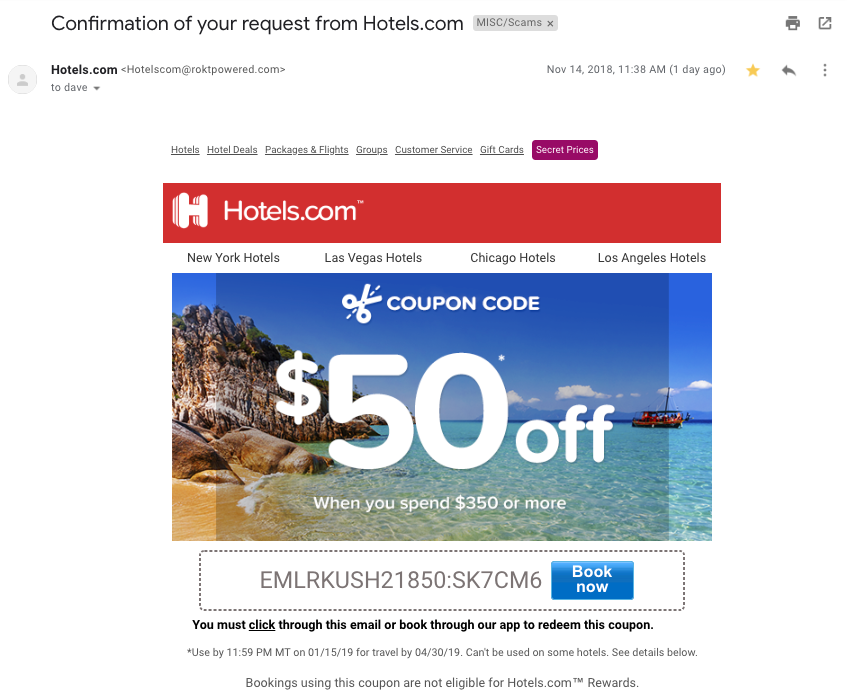
4. Legit companies don’t send unsolicited attachments
Unsolicited emails that contain attachments reek of hackers. Typically, authentic institutions don’t randomly send you emails with attachments, but instead direct you to download documents or files on their own website.
Like the tips above, this method isn’t foolproof. Sometimes companies that already have your email will send you information, such as a white paper, that may require a download. In that case, be on the lookout for high-risk attachment file types include .exe, .scr, and .zip. (When in doubt, contact the company directly using contact information obtained from their actual website.)

8. The email has an alarmist tone
If you receive an email threatening to delete all your data unless you update your payment information or reset your password within 24 hours, it’s probably a scam. This is simply an unrealistic request that a legitimate company wouldn’t make of its customers.




